How to create successful fundraisers?

With many not-for-profits, schools and other community groups operating under some pretty severe financial constraints, fundraising events are one of the most regular occurrences on their calendars.
Of course, it’s not just as easy as just labelling an event a fundraiser and expecting people to show up.
These things take time, effort and problem-solving to produce. In order for a not-for-profit to reach its financial goals, running truly great fundraising events or programs is necessary to make people feel involved.
But even more important is the need to get people fired up about your cause.
If your not-for-profit is in need of a boost for its cashflow, here are 11 secrets of successful fundraising you should follow.
1. Don’t be shy about asking people for money
Money makes the world go around, and if you’re not asking for it then you’re never going to get it.
Some organisers of not-for-profits or community groups may feel bashful or ashamed at asking people to hand over their hard-earned cash. You need to let go of that feeling and instead, put that request front and centre in whatever event you organise.
Of course, don’t be overbearing. But make sure you label your event or pitch clearly: it’s a fundraiser and you need money. Better yet, include a target so people can see you need a tangible amount of funds to get whatever it is you need.
2. Be specific in your funding purpose
People want to know where their money is going. If you’re too general in asking people for cash, then they’re less likely to attend your event unless they’re heavily invested in your organisation’s overall goal.
So create a narrative.
Get people interested in a specific purpose. If you’re a school, do you need new equipment, or tools for children to use? Or if you’re a not-for-profit, is there a specific outcome that you need money for?
People will be more willing to hand over money and attend your event if you say, “we need money to buy our kids new computers in order to improve their learning experience”, rather than simply, “we need money”.
Attach a purpose for your event, rather than a general call, and people will be more willing to lend a hand.
3. Be knowledgeable about your outcomes
If you’re going to be specific about what you need money for, then be ready to answer people’s questions. If your money will improve grades or quality of life for people, then have statistics ready to show how that’s the case.
Back up your call for money with evidence the money is actually doing some good, and then put that information up front when you ask people to either hand over cash, or attend a fundraising bash.
4. Create a video
Getting people to give you money isn’t going to be easy. They need to feel invested in what you’re doing, and to do that they’ll need to see real, tangible people in front of them.
So put some effort into creating a really top-notch video that explains what you’re doing, why you’re doing it, and how much money you need to do it.
Check out some great examples here of fundraisers that have made videos to explain what it is they’re doing. Don’t skimp – be sure to make this a truly great video, although you don’t need to pay a fortune to make one, either. Shooting with a smartphone will do. You could even include some of the people you’re helping in the video to drive the message home.
5. Spread your video on social media
Ideally you would have an established social media presence already. If not, you need to get one – and then plaster your video wherever you can.
Clearly, don’t go overboard. But you should make sure the message gets shared. Target influencers, people in your community, even local members of parliament if you need to get the word out. If you have a budget, even a couple of hundred dollars worth of Facebook ads can help you out.
Social media needs content to work. If you have a great video, then start sharing it. If you’ve done the rest of the work, people will share it for you.
6. Be ready for when people want to give
It’s all well and good to prepare for an actual event, but you need to be ready for when people want to give at any moment. Perhaps they can’t make it to your event, or they’re very busy and just want to make a split-second decision.
Firstly, this is why you should have a compelling call-to-action in your social content, including flyers. But that call to action needs to lead to a place where they can give money at any point.
Ideally, you should set up a landing page with information on your fundraising goal and targets. Include as much information as possible, but prioritise the area on the page where people can donate money. It won’t take much effort – on TryBooking, you can even set up a page to take donations alongside bookings. But it’s important to do so, as people are more likely to give when they’ve just viewed your message. Don’t let them hear your story then forget about it.
7. Think small, not big
When fundraising, especially at events, it can be tempting to target people who you may feel can give a lot of money. That isn’t the best strategy.
One of the reasons Barack Obama and Bernie Sanders managed to break political donation records in the United States is that they targeted voters who gave donations around the $20 or $30 mark – millions of them. If you cast a wider net, and accept donations at any level, then you’re going to make a bigger impact than by targeting a select group.
8. Put the fun in fundraising
When you create an event, don’t make it a drag. Don’t put the emphasis on the fact you have so much money to earn – instead, put the emphasis on the fun. People want to have a good time, and when they’re satisfied they’ll hand over money. It can be tempting to drive home how serious your financial situation is, but don’t go overboard. Ensure people are enjoying themselves and the money will follow.
9. Create smaller events throughout the year
If you don’t want to put as much pressure on your organisation, then consider quarterly or monthly events. But here’s the catch – you don’t necessarily want to brand those as fundraising activities, as it might put people off. Instead, combine these events with the previous advice and make these fun, regular activities that people would normally want to attend – like a trivia night. That way, you’re achieving both goals.
10. Break down the numbers for people
You may notice every once in a while, Wikipedia puts a huge banner on its website and outright states that they need money to keep going. It’s no frills and it works. But the reason it works is because they make the donation accessible to people. Instead of saying, “we need $1 million”, they say, “if everyone who reads this gives $2, we won’t have to ask for money again for another year”.
Make it personal, make it accessible. Reaching $1 million is a hard goal for one person to process, but giving $2? Sure thing.
11. Follow up with everyone – even those who didn’t give
If you hold an event and have a guest list, then you need to follow up with people. Don’t necessarily ask them for money again, just send them a note thanking them for their attendance or participation, and give them some information on where the money you received has gone – and who it’s helping. The more you stay in contact and show them the benefits of the money, the more likely they’re going to end up giving you money again.
Get started with your own fundraiser today using these tips - and don't forget to contact us if you need help!
Events made easy
The TryBooking Team

What are the criteria to find sponsors for your event?
Mar 14, 2017 · 3 min read
How to have Happier Event Guests?
Feb 14, 2017 · 2 min read
You might also like

20 Ideas to Elevate Your Chinese New Year Celebrations: A Guide for Event Organisers
Jan 19, 2024 · 1 min read
7 Eggsellent Event Ideas To Celebrate Easter
Jan 31, 2024 · 1 min read
How To Market Your Event
Jan 24, 2024 · 1 min read
Our Top 20 Valentine's Day Ideas
Jan 12, 2024 · 1 min read
How To Run An Event In 2023
Jan 04, 2023 · 1 min read
15 Theme Ideas To Make Your New Year's Party Shine
Dec 07, 2023 · 1 min read
Your Ultimate Guide To Planning A Festival In Australia
Jan 18, 2024 · 1 min read
Planning Tips for Charity Events
Dec 07, 2023 · 1 min read
Choosing the Right Page: Event or Fundraising, When and Why?
Oct 06, 2023 · 1 min read
How To Plan The Ultimate Halloween Extravaganza
Aug 24, 2023 · 2 min read
How to boost your branded event page
Sep 29, 2023 · 1 min read
8 Methods To Grow & Cultivating Stronger Communities Through Events
Sep 22, 2023 · 1 min read
How To Write Event Invitations That Get Results
Sep 08, 2023 · 1 min read
How to Plan a Successful School Event: Your Comprehensive Guide
Sep 08, 2023 · 1 min read
6 Event Ideas & Celebrations For Mid-Autumn Festival
Aug 03, 2023 · 1 min read
The Ultimate Guide to Planning Your Magical Santa's Grotto
Jul 24, 2023 · 1 min read
Protecting Your Event: Our Top Tips
Jul 16, 2023 · 1 min read
Diwali Celebration Ideas: Illuminating Festivities in Australia
Jul 17, 2023 · 1 min read
Why TryBooking is the Ideal Event Ticketing Platform for Community Events
Aug 14, 2023 · 1 min read
How to Run and Market a Charity Event
Jul 03, 2023 · 1 min read
How to Get Sponsors for an Event
Jun 26, 2023 · 1 min read
The Ultimate Guide to Association Member Engagement: Strategies, Tips, and Ideas
Jun 20, 2023 · 1 min read
An insight about online event ticketing fees within the industry
Jul 31, 2023 · 1 min read
How to Market an Event on Instagram
Jun 19, 2023 · 1 min read
How to Market an Event on YouTube
Jun 12, 2023 · 1 min read
Enhancing Medical Conferences with Software Solutions
Jun 01, 2023 · 1 min read
27 Halloween Party Ideas and Planning Guide
Jun 01, 2023 · 1 min read
How To Write Event Invitations: Templates and Creative Ideas
Jun 01, 2023 · 1 min read
How to Market an Event on Facebook
May 29, 2023 · 1 min read
How To Host A Successful School Fundraiser
May 16, 2023 · 1 min read
Creative Fundraising Ideas for Schools: Boosting Success and Engagement
May 16, 2023 · 1 min read
28 Fundraising Ideas: Creative, Quirky, & Easy Ways To Raise Money
May 16, 2023 · 1 min read
How to successfully plan and run a movie fundraiser: tips and tricks
May 11, 2023 · 1 min read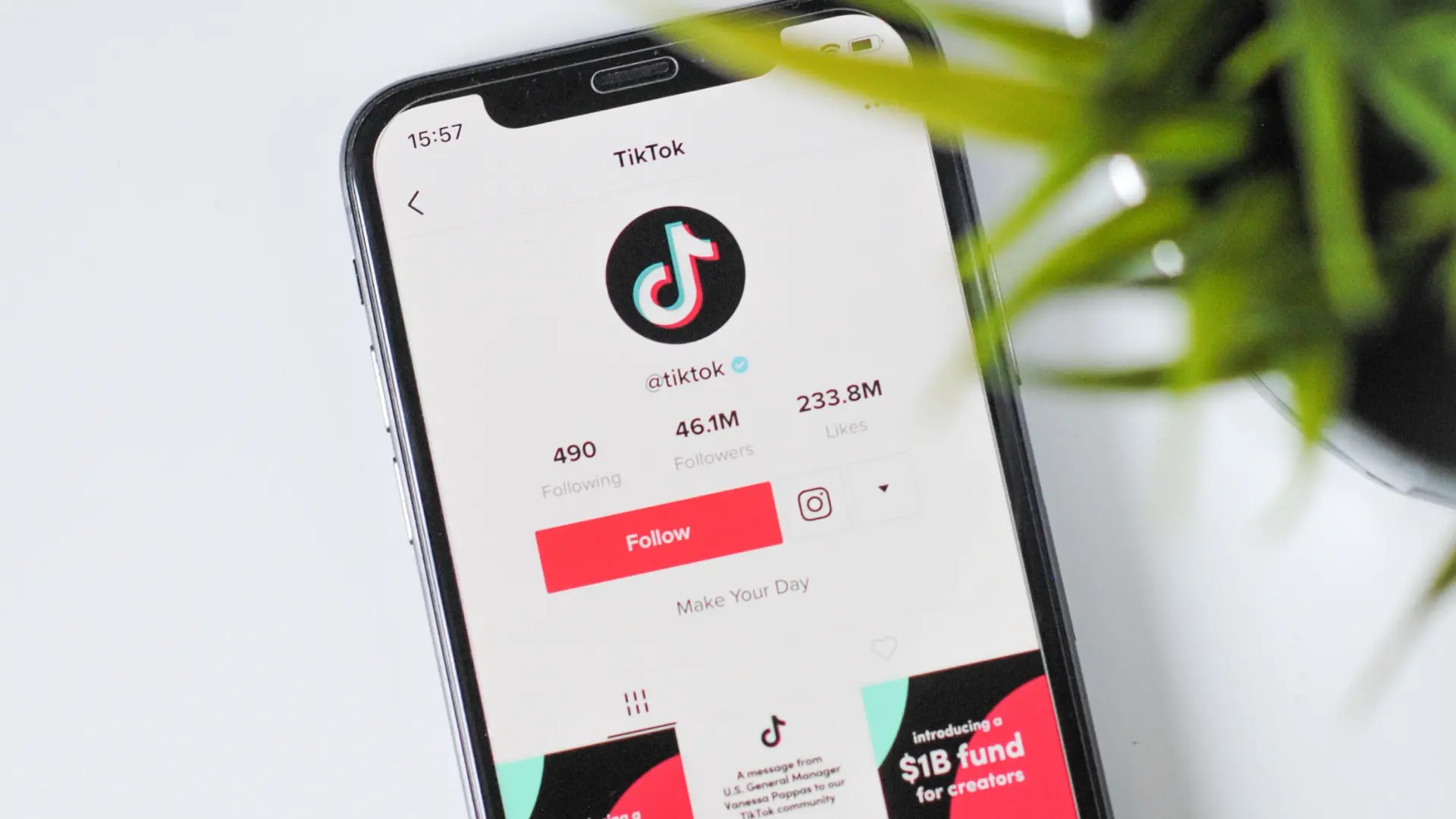
How to Market an Event on TikTok
May 11, 2023 · 1 min read
4 Different Ways To Use TryBooking: From Registrations To Merchandise Sales
May 03, 2023 · 1 min read
Creative Networking Event Ideas For Growing Your Audience
May 02, 2023 · 1 min read
14 Event Ideas To Make The Most Of Your School's Assets
Apr 19, 2023 · 1 min read
125 Unique & Fun Event Ideas For Your Next Event
Jul 24, 2023 · 1 min read
How to Create an Event Program
Jul 24, 2023 · 1 min read
7 Great Mother’s Day Event Ideas To Sell Out Your Event
Mar 17, 2023 · 1 min read
10 Corporate Event Ideas To Ignite Some Fun At Your Office Party
Mar 17, 2023 · 1 min read
Unique Ideas & Tips To Transform Your Venue This Valentine’s Day
Jan 08, 2023 · 1 min read
Promote Wellness With These 9 Great Event Ideas
Jan 17, 2023 · 1 min read
4 Ways Our Custom Form Update Helps Deliver Exceptional Events
Nov 03, 2022 · 1 min read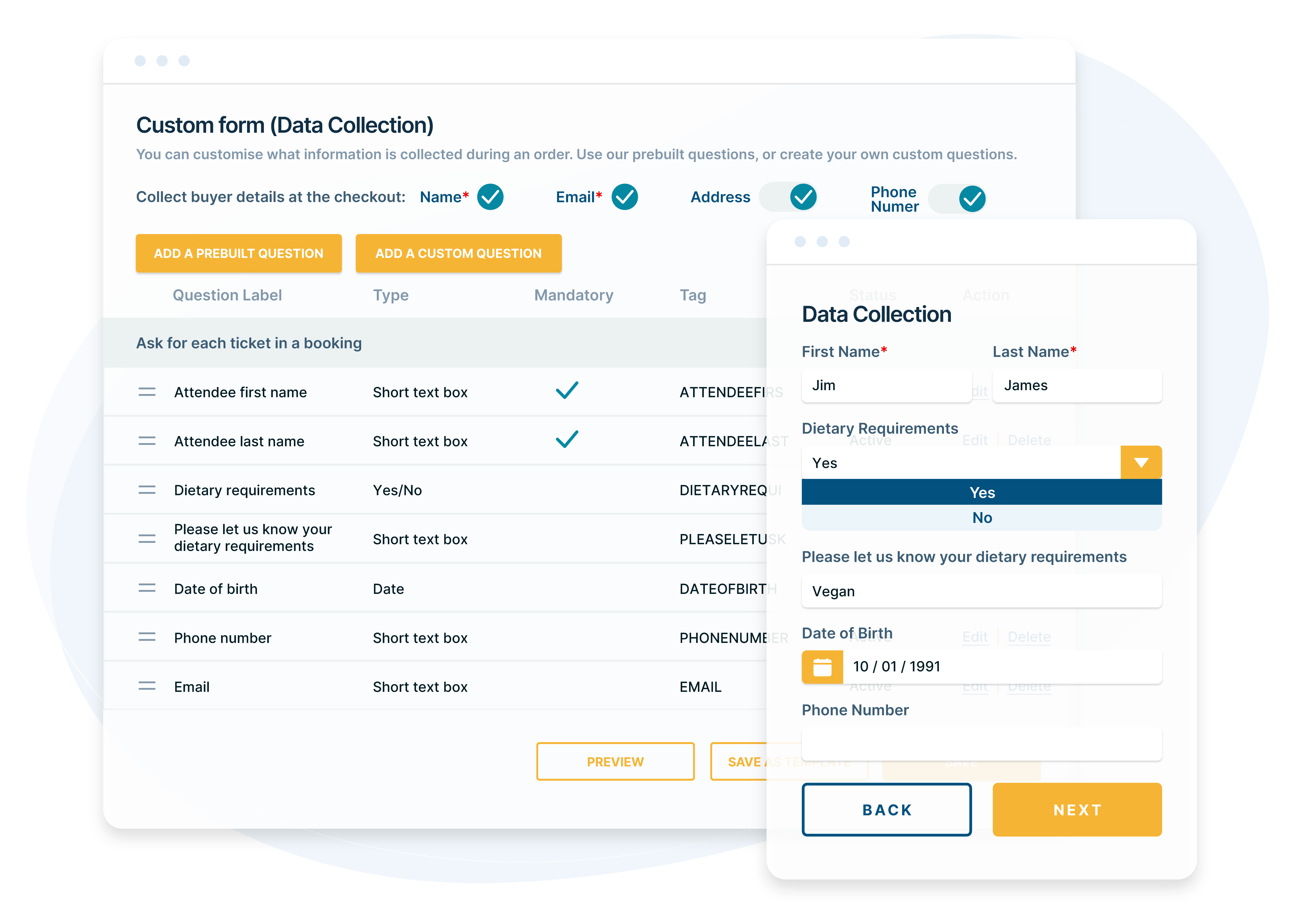
Collect Your Customer Information Better With Custom Forms
Nov 01, 2022 · 1 min read
5 Ways to Spruce Up Your Event
Sep 27, 2022 · 1 min read
TryBooking Throughout The Years A Website Timeline
Nov 21, 2022 · 1 min read
How to Plan a High School Reunion
Apr 05, 2023 · 4 min read
How to avoid the traps with Christmas Events
Nov 09, 2022 · 1 min read
7 ways TryBooking benefits charities and not-for-profits
Aug 15, 2022 · 1 min read
Why TryBooking is the platform of choice for Scout Club Christmas tree sales
Jul 22, 2016 · 2 min read
Why Trybooking Is The Ticketing Platform of Choice For Music Venues
Aug 01, 2022 · 1 min read
What Makes Trybooking A Great Platform For Festivals?
Jul 04, 2022 · 1 min read
12 Ways TryBooking Supports The Wellness Industry
Apr 27, 2022 · 1 min read
12 Ways TryBooking Supports Small Businesses
Apr 04, 2022 · 1 min read
10 Ways TryBooking Makes Bookings Easier For Tourism Operators
Jul 05, 2022 · 2 min read
Best Events Happening this Christmas in July
Jun 06, 2022 · 1 min read
Online Ticket Sales, Memberships and Fundraising Made Easy for Sporting Clubs
May 10, 2022 · 1 min read
Features Helping Associations & Clubs Connect With Their Community Through Events
Apr 11, 2022 · 1 min read
Mother’s Day Events That Everyone Will Love
Apr 11, 2022 · 1 min read
Hosting political events made easy with TryBooking
Mar 03, 2022 · 1 min read
Why TryBooking is the preferred online ticketing platform for schools
Feb 28, 2022 · 1 min read
Easter Events for the Whole Family
Feb 15, 2022 · 1 min read
Tabled Seating Made Easier! New Update
Mar 28, 2022 · 1 min read
6 ways TryBooking Box Office helps comedians sell tickets on the door at events 📈🎙
Jan 03, 2022 · 1 min read
Yoga Classes Come In Many Forms 🧘♂️
Mar 11, 2022 · 1 min read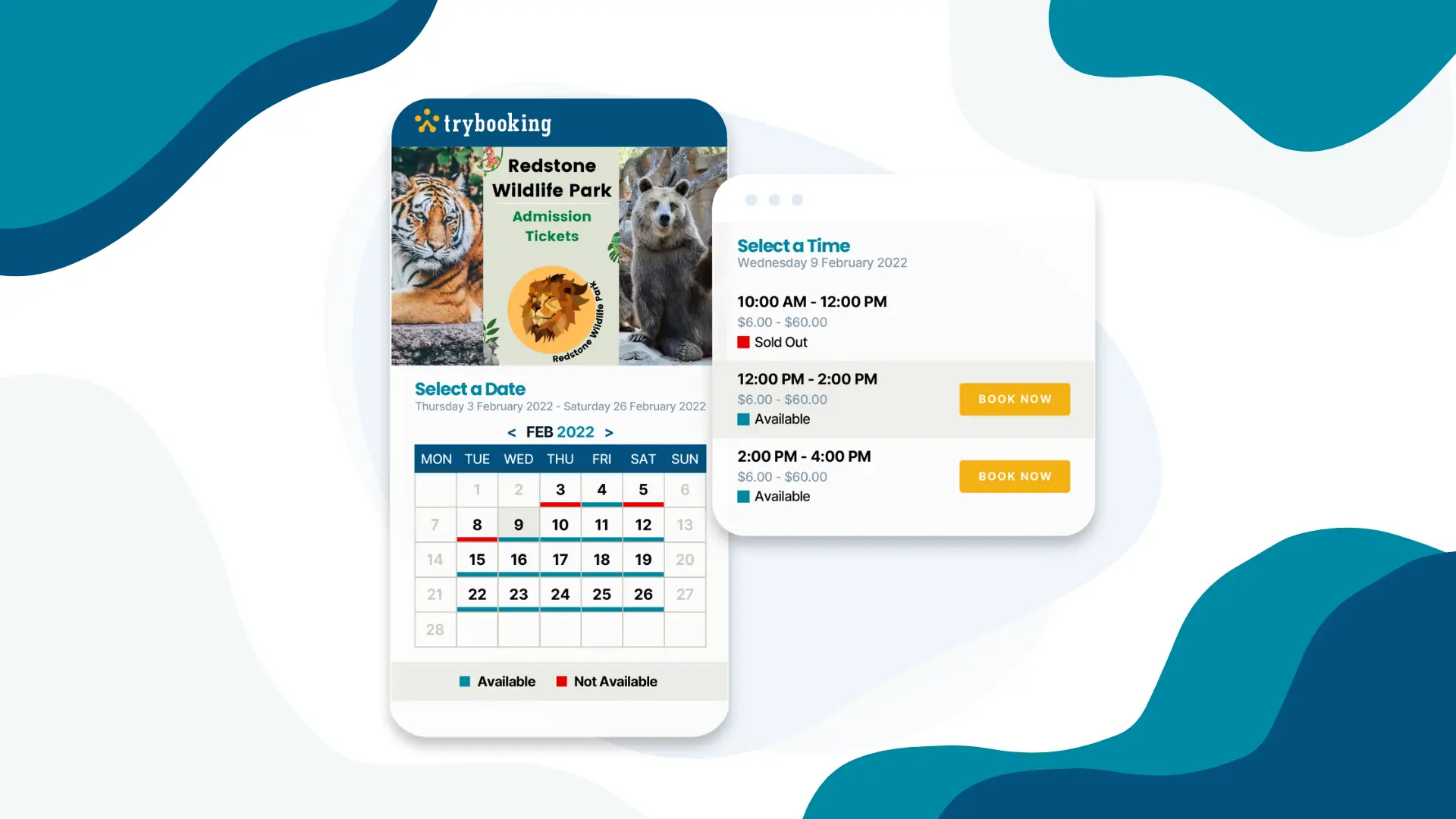
Change The Way Buyers Book With Calendar Display
Feb 09, 2022 · 1 min read
Valentines Day Events for a Creative Valentines Date
Feb 01, 2021 · 1 min read
Recurring Sessions Times
Feb 01, 2021 · 1 min read
How to set up Socially Distanced Seating Plans?
Jan 02, 2021 · 1 min read
Intro to Fundraising pages
Sep 17, 2020 · 1 min read
How to customise your Homepage?
Aug 20, 2020 · 1 min read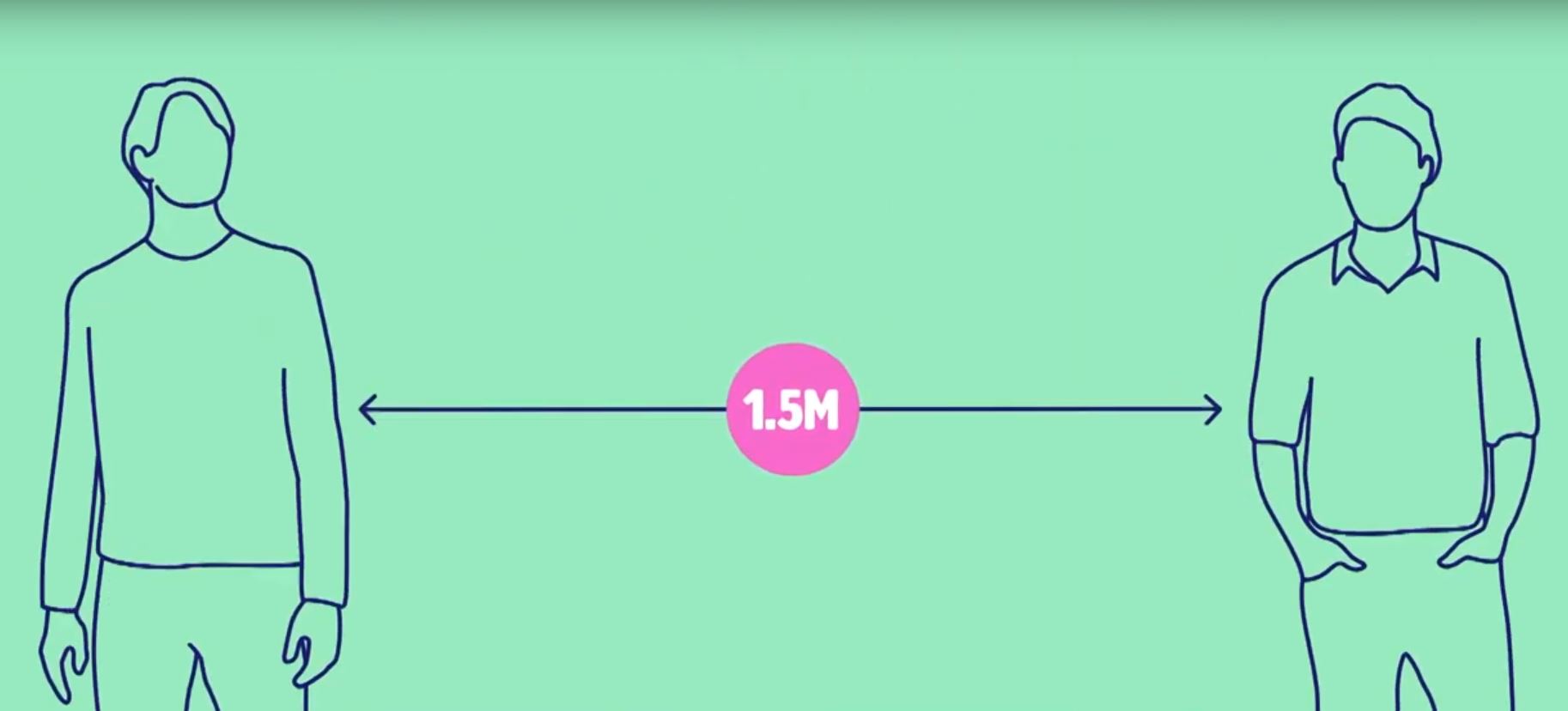
How to work with Covid-19 event restrictions
Jun 26, 2020 · 1 min read
How to live stream your event?
Mar 17, 2020 · 2 min read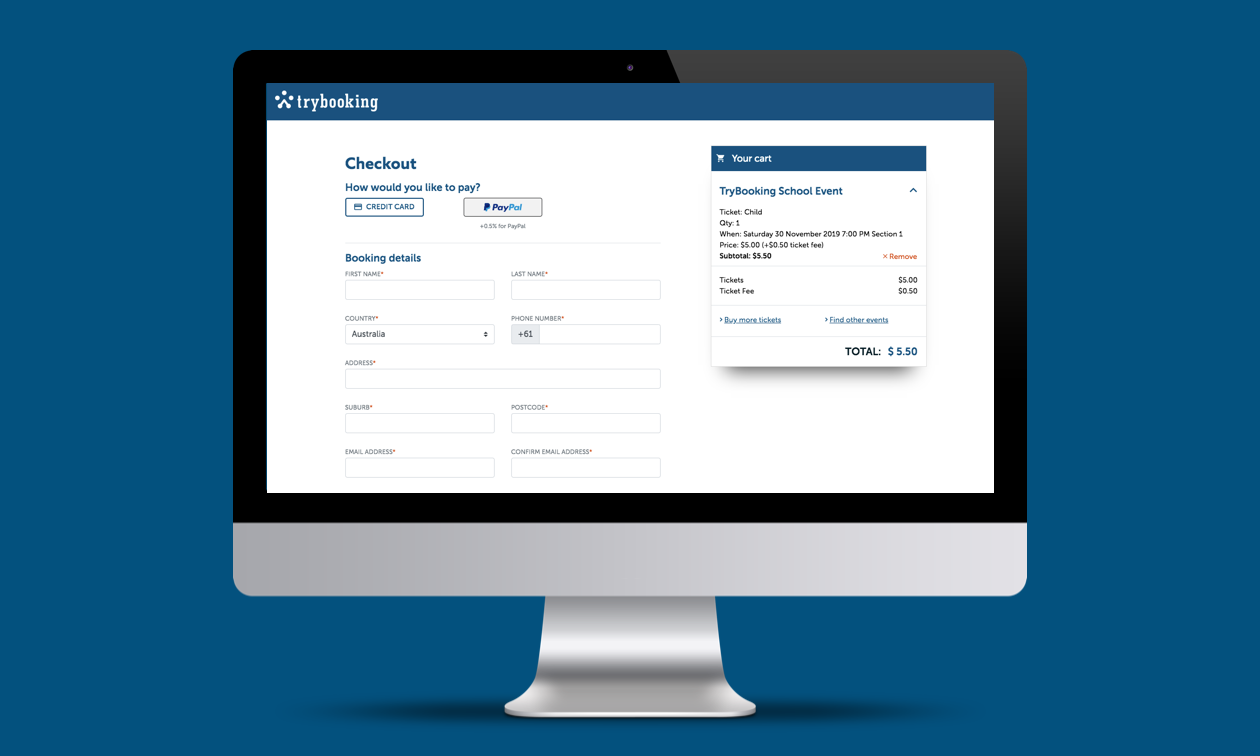
Use PayPal as one of your payment options
Oct 22, 2019 · 1 min read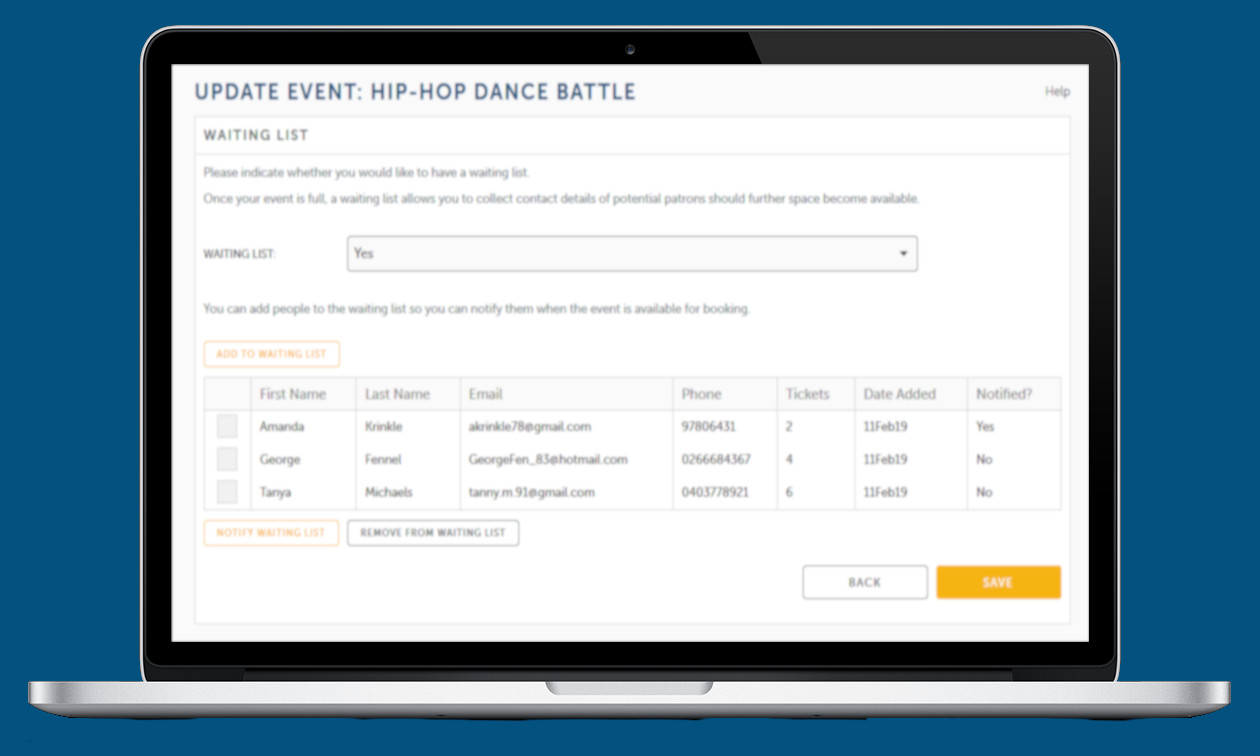
New features have been added to the Waiting List
Feb 13, 2019 · 1 min read
TryBooking Australia Update: December 2018
Dec 18, 2018 · 1 min read
How to create recurring events quicker?
Dec 12, 2018 · 1 min read
TryBooking Australia Update: September 2018
Sep 19, 2018 · 1 min read
Quick and easy access to features on the dashboard
Jul 16, 2018 · 1 min read
Comprehensive guide for planning the perfect school fete
Jul 30, 2023 · 1 min read
How TryBooking protects your Privacy
May 24, 2018 · 4 min read
Ticket Buyers have now an improved interface to find your events quicker
Mar 14, 2018 · 1 min read
How can schools set up events through TryBooking in a smarter way?
Feb 23, 2018 · 1 min read
All there is to know about our expansion in New Zealand
Feb 13, 2018 · 1 min read
How can you improve your events?
Jan 22, 2018 · 2 min read
TryBooking's low fees support your events, without draining the revenues
Jan 01, 2018 · 2 min read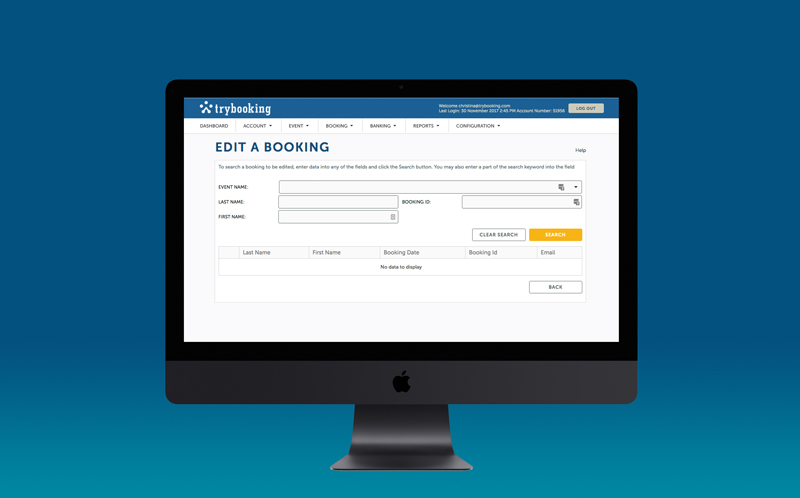
How to edit booking details?
Nov 30, 2017 · 1 min read
How to use the event listing page?
Nov 10, 2017 · 1 min read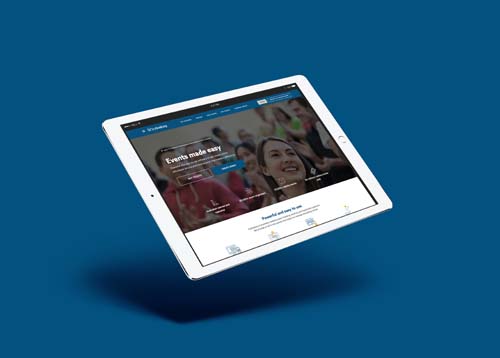
TryBooking Australia Update: October 2017
Oct 05, 2017 · 1 min read
How to stay updated on TryBooking's new features?
Jul 31, 2017 · 1 min read
Features that can assist creating successful sporting events
Jun 28, 2017 · 2 min read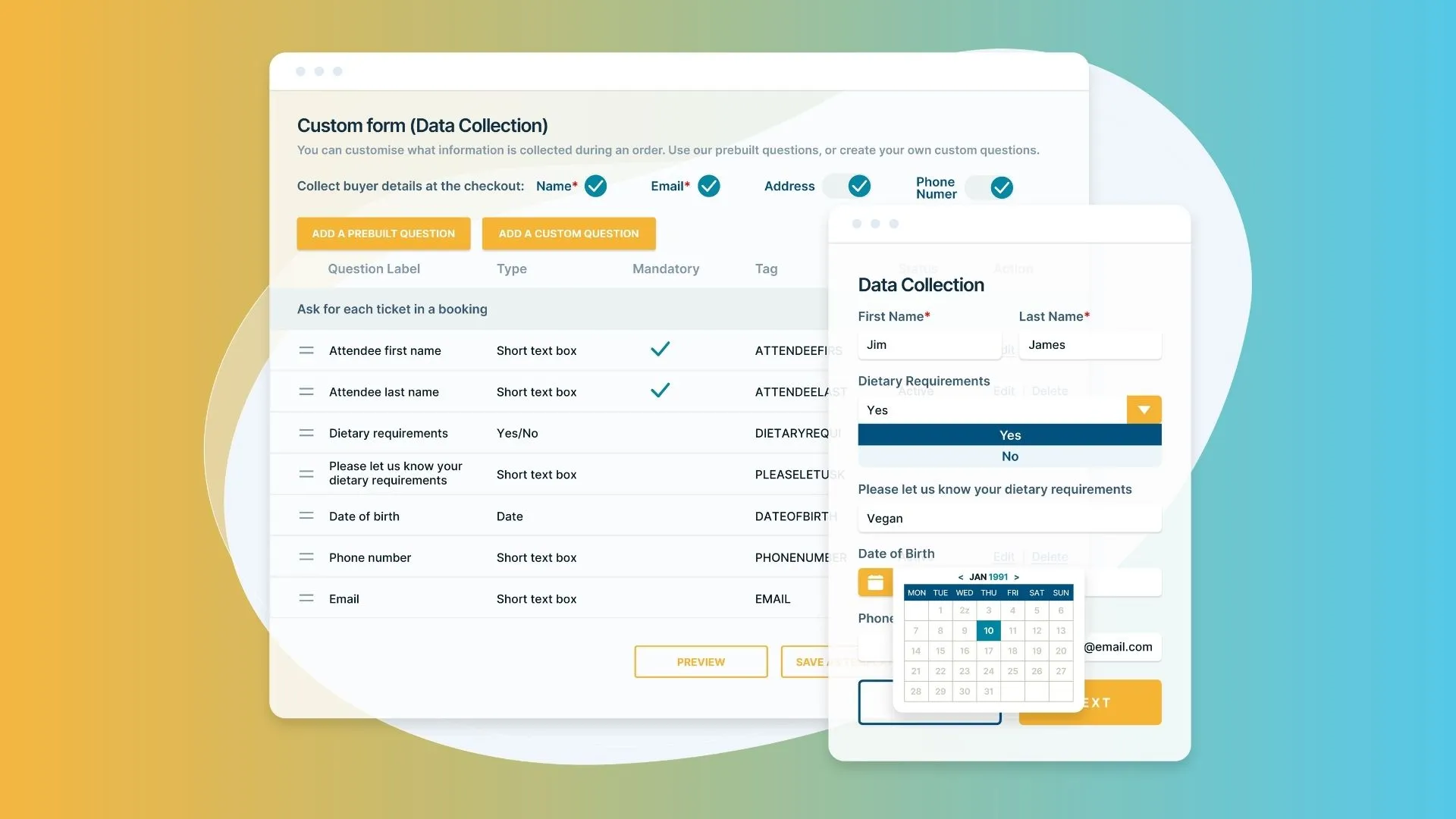
How to Create the Perfect Registration Form Template?
May 11, 2023 · 1 min read
How to plan your event planning when on a budget
Jun 06, 2017 · 1 min read
Facebook Ads can support your event ticket sales
May 09, 2017 · 1 min read
What to look for when searching for your perfect event venue
Apr 28, 2017 · 2 min read
How can you improve your time management?
Apr 27, 2017 · 1 min read
Small business events; Planning, Budgeting, Promoting and Action!
Apr 11, 2017 · 1 min read
How to email your ticket buyers?
Apr 10, 2017 · 1 min read
What are widgets and how can they be Embedded?
Apr 07, 2017 · 1 min read
Why event insurance is important
Apr 04, 2017 · 2 min read
These reasons will trigger you trying online fundraising
Mar 29, 2017 · 1 min read
How to design your event landing page in a flash?
Mar 16, 2017 · 1 min read
What are the criteria to find sponsors for your event?
Mar 14, 2017 · 3 min read
How to create successful fundraisers?
Mar 13, 2017 · 5 min read
How to have Happier Event Guests?
Feb 14, 2017 · 2 min read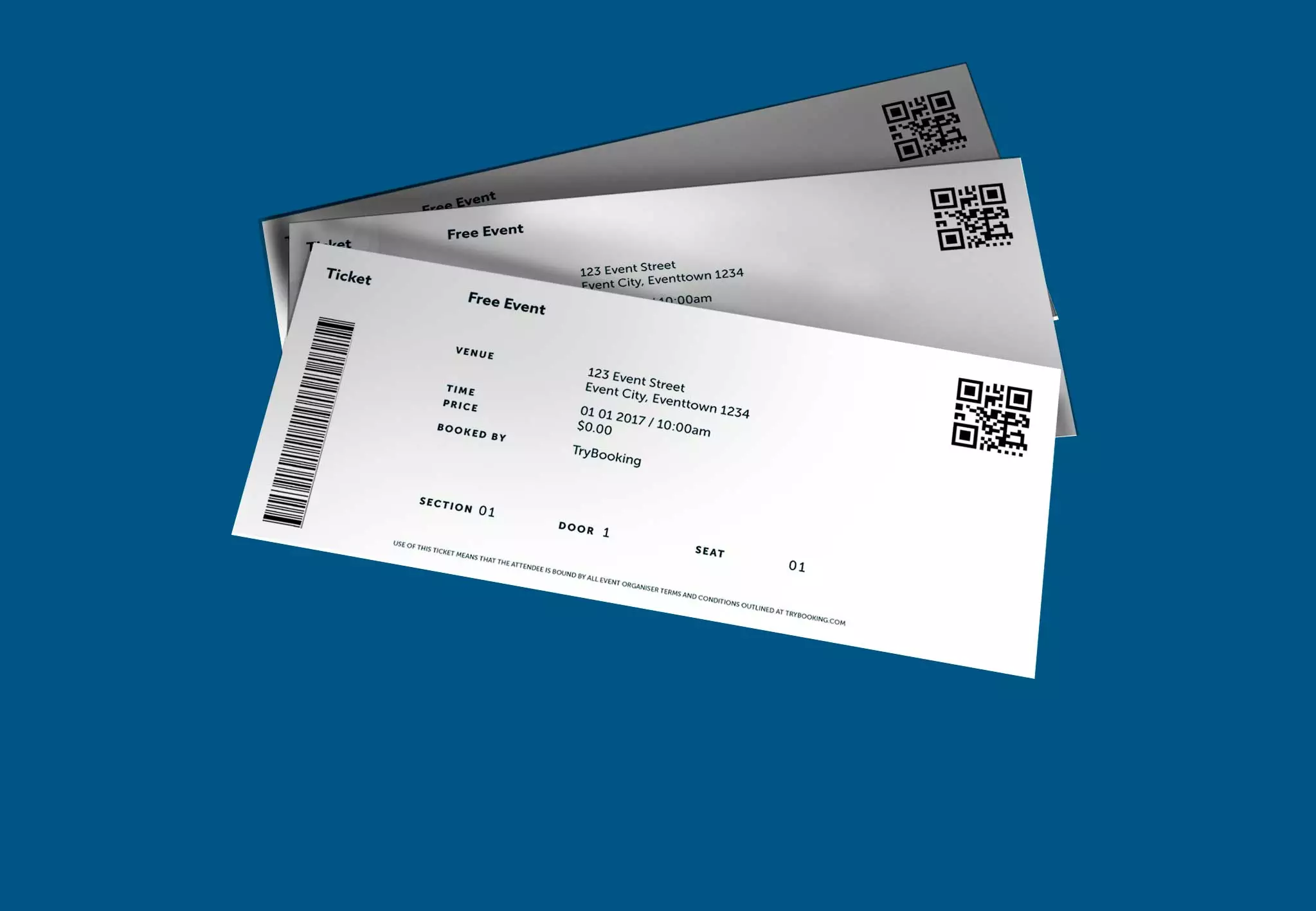
How to hand back free tickets?
Feb 08, 2017 · 2 min read
What are the features to brand your event?
Jan 30, 2017 · 1 min read
Get started with these fundraiser ideas
Jan 17, 2017 · 3 min read
Expectations and Incentives to find volunteers
Dec 22, 2016 · 2 min read
How to organise the perfect end-of-year event?
Dec 06, 2016 · 3 min read
How can you use your last event's success to boost the next one?
Dec 05, 2016 · 2 min read
How to promote your event on social media?
Apr 04, 2022 · 1 min read
How to attract loyal event attendees?
Oct 30, 2016 · 4 min read
Here are some amazing ideas for celebrating Halloween
Oct 24, 2016 · 3 min read
How to plan a successful conference or business event?
Oct 13, 2016 · 4 min read
How to host the perfect Spring/Summer fundraiser?
Oct 04, 2016 · 2 min read
How to run a successful political fundraiser?
Sep 28, 2016 · 3 min read
Bolt in your Spring Racing with these tips and tricks!
Sep 12, 2016 · 3 min read
How to choose a music playlists that will be loved?
Sep 05, 2016 · 2 min read
How can online ticketing help with your next event?
Aug 31, 2016 · 4 min read
What are the Top 3 ideas of school fundraising?
Aug 22, 2016 · 3 min read
How can you better design your event page?
Aug 05, 2016 · 1 min read
How to create better events and worry less about user access with these features
Jul 22, 2016 · 2 min read
An update on our new website design
Jul 22, 2016 · 2 min read
A few tips to organise better events
Jul 19, 2016 · 4 min read
Why your data is secure while using TryBooking?
Jun 20, 2016 · 2 min read
How to make your charity fundraiser a success?
Jun 14, 2016 · 3 min read
An overview of what's new
Apr 30, 2016 · 2 min read
The resources, event organisers should be aware of
Mar 23, 2016 · 1 min read
How are schools using online ticketing?
Feb 23, 2016 · 3 min read
How sporting clubs use TryBooking?
Feb 16, 2016 · 2 min read
The facts about online ticketing that make the difference
Jan 21, 2016 · 2 min read
What else can you use TryBooking for?
Dec 15, 2015 · 2 min read
Some of Summer's best festivals
Dec 01, 2015 · 2 min read
Calisthenics Victoria State Championships
Nov 12, 2015 · 2 min read
How a Charity Event can support Kids with Cancer
Oct 27, 2015 · 2 min read
How to promote your event using social media?
Oct 25, 2015 · 2 min read
What's the secret behind the Success and Direction of TryBooking?
Sep 24, 2015 · 2 min read
How a passion for local community turned into an event ticketing platform
Sep 24, 2015 · 2 min read
EducatePlus Conference awards Ivanhoe Grammar School
Sep 22, 2015 · 1 min read
Calisthenics Victoria brings communities together
Aug 21, 2015 · 1 min read
How to run a successful event?
Aug 20, 2015 · 2 min read




